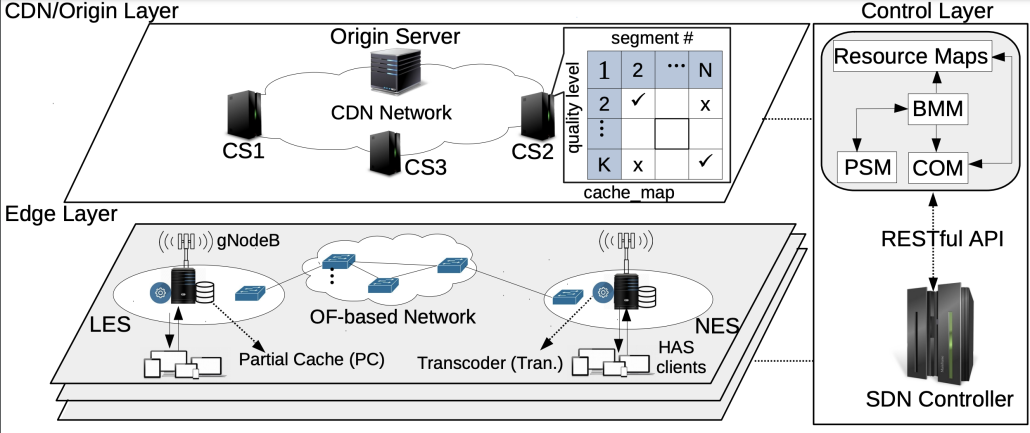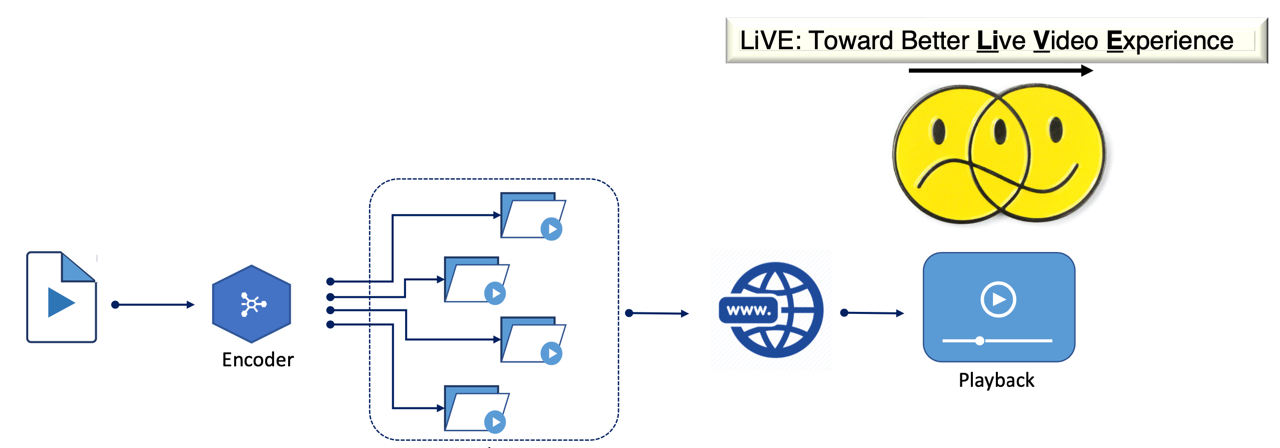2022 IEEE International Conference on Image Processing (ICIP)
October 16-19, 2022 | Bordeaux, France
Conference Website
[Video]
Vignesh V Menon (Alpen-Adria-Universität Klagenfurt), Hadi Amirpour (Alpen-Adria-Universität Klagenfurt), Mohammad Ghanbari (School of Computer Science and Electronic Engineering, University of Essex, Colchester, UK), and Christian Timmerer (Alpen-Adria-Universität Klagenfurt)
Abstract:
In two-pass encoding, also known as multi-pass encoding, the input video content is analyzed in the first-pass to help the second-pass encoding utilize better encoding decisions and improve overall compression efficiency. In live streaming applications, a single-pass encoding scheme is mainly used to avoid the additional first-pass encoding run-time to analyze the complexity of every video content. This paper introduces an Efficient low-latency Two-Pass encoding Scheme (ETPS) for live video streaming applications. In this scheme, Discrete Cosine Transform (DCT)-energy-based low-complexity spatial and temporal features for every video segment are extracted in the first-pass to predict each target bitrate’s optimal constant rate factor (CRF) for the second-pass constrained variable bitrate (cVBR) encoding. Experimental results show that, on average, ETPS compared to a traditional two-pass average bitrate encoding scheme yields encoding time savings of 43.78% without any noticeable drop in compression efficiency. Additionally, compared to a single-pass constant bitrate (CBR) encoding, it yields bitrate savings of 10.89% and 8.60% to maintain the same PSNR and VMAF, respectively.

ETPS architecture










